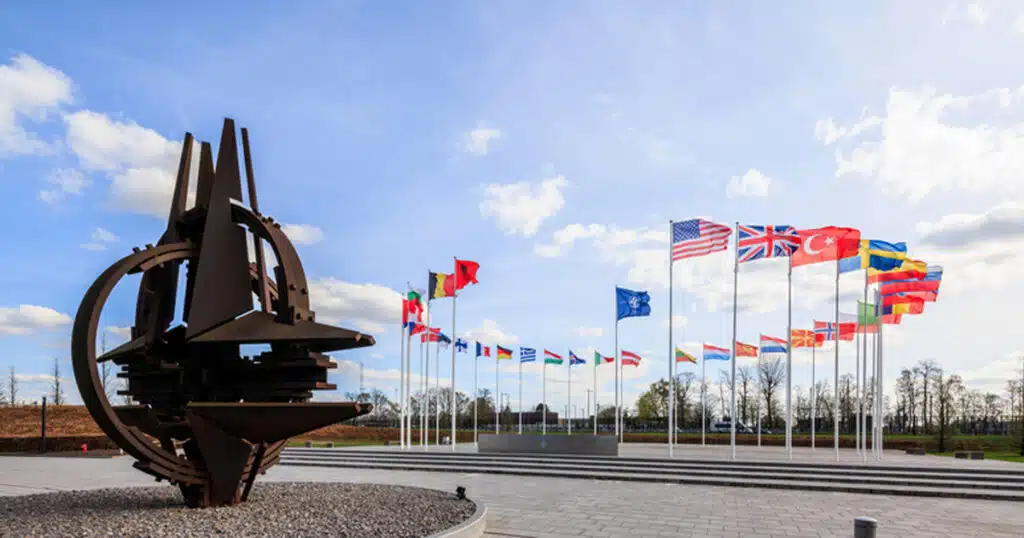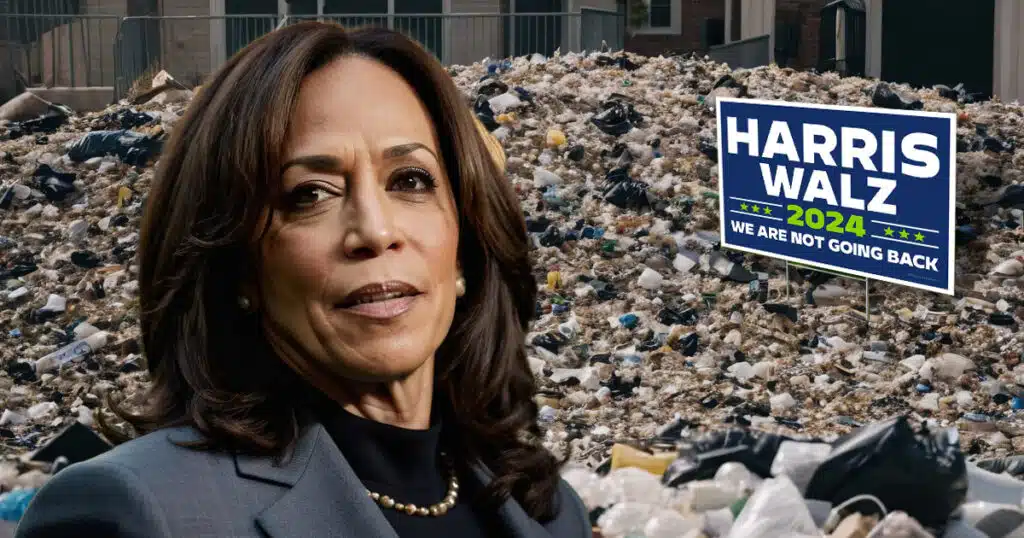
The Dangerous Trend of Political Sorting Is Reshaping America
Over the last decade, the United States has quietly reorganized itself along political lines. What were once mixed neighborhoods and competitive states are showing signs of “self-sorting.” That is, people clustering in places that reflect their values, lifestyles, and increasingly, their politics. While the phenomenon is driven by many forces, including remote work, housing, tax differentials and lifestyle preferences, the number of people relocating due to political grievance is skyrocketing. Taken together, these trends are accelerating geographic polarization in ways that could make governing, traveling and doing business across state lines both more awkward and more volatile.
The Numbers are Concerning
The scale of mobility matters. Roughly 8.2 million Americans moved between states in 2022, a substantial share of the electorate in any presidential or midterm cycle and one of the larger post-pandemic spikes in interstate migration. Remote work is partly responsible, as researchers estimate people who move across state lines are about 45% more likely to be remote workers, and that remote-job opportunities are disproportionately concentrated in left-leaning counties. This phenomenon enables some residents of expensive, blue urban cores to relocate to lower-cost, more conservative states while keeping their paychecks.
The geographic churn isn’t random. According to a January 2025 LendingTree survey, around 48% of Americans considering a move in 2025 cited the local political climate as a motivating factor. Among prospective movers, this was a more significant factor for Democrats (58%) and Republicans (50%) compared to independents (36%).
Newsrooms and researchers tracing voter files found that millions of movers since 2020 tended to select neighborhoods that reinforced their party identity. A New York Times survey of 3.5 million movers showed a pattern of partisans moving into areas where their chosen presidential candidate had previously done well, deepening the “redder-red / bluer-blue” map.
The Consequences of Growing Political Echo Chambers
Why does this matter? First, political homogeneity amplifies echo chambers. Living among like-minded neighbors reduces everyday encounters with the “other” side, which social science ties to increased affective polarization and the tendency to dehumanize political opponents. When everyday commerce, schools and civic life are socially segregated by party, compromise becomes harder and suspicion becomes the norm. Perhaps more importantly, the practical interactions of a hyper-sorted country create complications that increase levels of animosity and hate.
Businesses and travelers crossing state lines will increasingly encounter divergent regulations, norms and risks, as well as dramatically different licensing rules, health and safety standards, data-privacy requirements, and workplace expectations. The divide in the rules governing business conduct and commerce could vary so widely that a company in one state faces real friction operating in another. Companies may ultimately choose to abandon entire states. We see this phenomenon already happening in California. Finally, the political arithmetic of representation shifts, and as people move to different states, formerly competitive swing states can flip, magnifying the stakes of each migrant in national elections.
It’s not difficult to see where these political migration trends could lead. Scholars and policy analysts warn that persistent geographic polarization is a risk factor directly related to political violence and democratic instability. We should not immediately assume that politically motivated migration will lead to civil war, but it is reasonable to envision two possible outcomes, and while both are negative, one is particularly troubling.
The first is peaceful fragmentation, where states or regions could attempt to assert ever-greater policy autonomy, resulting in a patchwork federation with minimal national coordination. The second, darker route is smoldering and escalating conflict. That is, if national institutions are perceived as illegitimate by large swaths of the population concentrated in particular geographies, localized violence could erupt around flashpoints like elections or federal interventions. Both outcomes would impose enormous human and economic costs and threaten the very foundation of the republic.
Dealing with an Increasingly Polarized Demographic
So, what can be done before political sorting becomes a one-way street to balkanization? The only realistic path is one that strengthens interdependence and creates incentives. Federal rules and funding formulas that reward collaborative, cross-state cooperation would be a good place to start. It’s essential that we make partnerships more compelling than political ideology
I wear no rose-colored glasses here. Repeatedly over the years, woke leftists have demonstrated an allegiance to bizarro world ideas and policies that clearly and obviously run contrary to their own financial self-interests. They value sanctimony over money, which makes the situation more difficult to deal with. However, when we focus on developing interstate compacts for infrastructure, shared licensing reciprocity, and national standards for critical industries, cooperation becomes economically rational even when politics diverge. We have no choice but to try and appeal to whatever sane elements are left in the Democratic party.
If I’m honest, it doesn’t seem like there’s a reasonable remedy to the growing trend of political sorting in today’s caustic climate, where it seems like every day we hear of another death threat leveled at a high-profile Republican leader. However, creating an environment where state lines become ideological borders, and the cost of crossing them rises with every legislative session, would likely be a chilling precursor to something that could be far worse.
Migration is not by itself a death knell for the Union. It is, however, a powerful amplifier of trends we already have. If we want to remain a functioning republic, we must treat the spatial dimensions of polarization as a serious problem trend and not merely a demographic curiosity.



